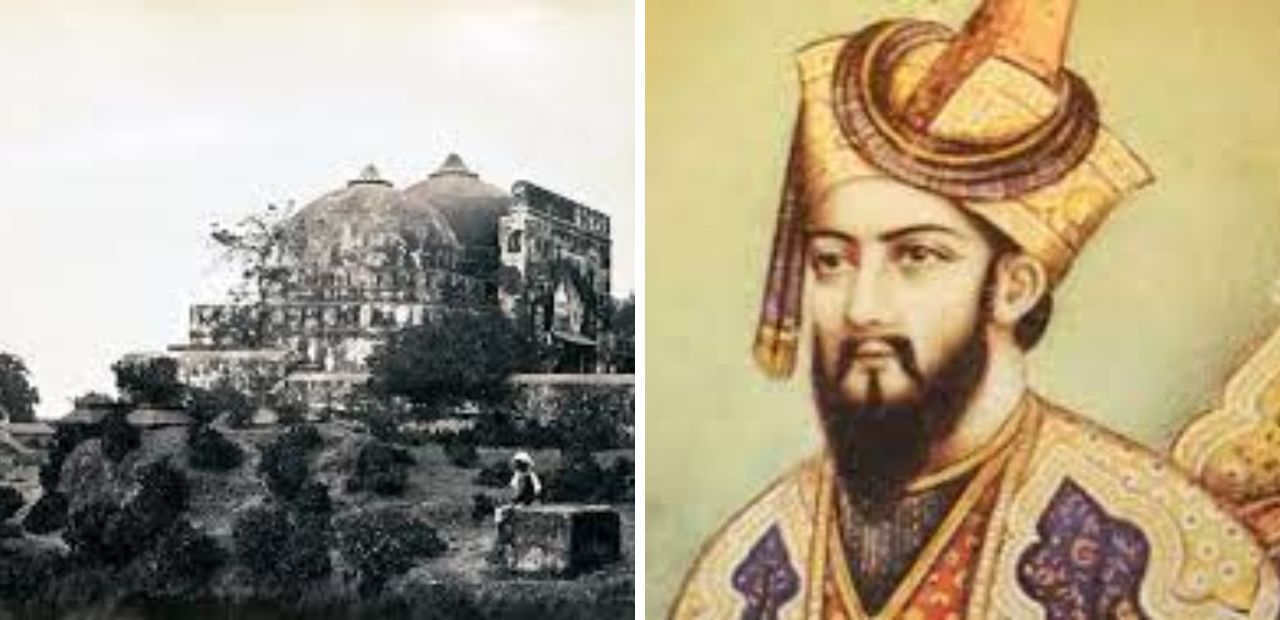December 6, 1992, is one of the most important dates in the history of independent India. The demolition of the Babri Masjid by several Hindu Right Wing outfits in the country changed the political narrative of India for years to come. But how did it all begin? When were the seeds of the same sown?
The mosque was built in the 16th century by Mir Baqi, who served as a commander for the Mughal Emperor Babur. Considering that the city had significance for both Hindus and Muslims, the British separated the places of worship by building a fence in the 19th century. While the inner court was used by Muslims, the outer court was left to Hindus.
The Beginning
Although many might think that Rajiv Gandhi openening the doors, following the reaction against ‘The Shah Bano’ case might have caused the furor, but in reality, it had happened over a century before that incident.
The first petition to demand the building of the temple was made in 1885. Mahanth Raghubar Das filed the case against the Secretary of State for India. He sought permission to construct the temple of lord Ram. However, the plea was dismissed on the grounds of it being ‘too late.
“It is most unfortunate that a masjid should have been built on land specially held sacred by the Hindus, but as that event occurred 356 years ago it is too late now to remedy the grievance. All that can be done is to maintain the parties in status quo,” District Judge Faizabad said while dismissing the appeal
Rising Tension
The statement by the district Judge did not go well with either of the communities. The next few decades saw clashes, debates, and public discussions with a strong passion.
The site of worship for both religions soon became the cause of tension for both communities. The clashes even affected the mosque’s dome and exteriors. As the tension seemed to die down, an idol appeared in the mosque. It has been alleged that the members of the Akhil Hindu Ramayana Mahasabha placed the same in the mosque. The organisation even organised an event of reciting ‘Ramcharitmanas’ outside the mosque.
Following the ‘discovery’ of the idol, suits were filed in the court, which sought the right to worship the idol. Then there were suits and counter-suits by both communities, and this did not help bring peace or a solution.
Ram pe Raajneeti
On the order of a local UP court, the Rajiv Gandhi-led government opened the disputed place of worship for the Hindus. This order led to serious religious implications and rising tension. In reaction to the situation in the country and the prior order of the court, the Allahabad High Court ordered a status quo regarding the disputed structure.
The Vishwa Hindu Parishad was spearheading the campaign to set up the foundations of the Ram temple and close the mosque. The outfit went to an extent of fixing a date to start the construction of the Ram temple. 30th October was the date when the temple was to be built, but all of these plans were hampered by a historic ‘Rath Yatra’ by the then leader of BJP, LK Advani.
The leader kicked off his 10,000 kilometres long journey. From Somnath to Ayodhya, the ‘yatra’ passed through 10 states in a month.
The Demolition
A group of karsevak demolished the historic structure on 6th December 1992. The event single handedly changed the political discourse of the country, the repercussions of which are still experiences. The top brass of the BJP leadership was accused after the event. Several riots broke out in different parts of the country. The demolition was also a root cause behind the 1993 Mumbai riots.



















































































